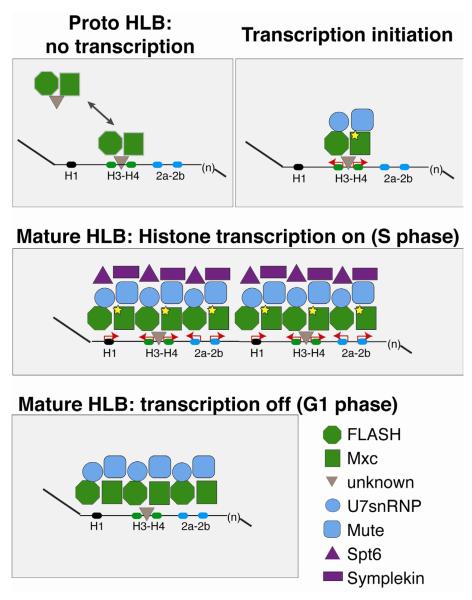Figure 7. Model for HLB assembly and maintenance.
FLASH and Mxc form a “proto-HLB” in the absence of transcription. The proto-HLB is detected in syncytial stage embryos (cycle 10), histone deletion mutant embryos, and loci where histone transcription is abolished through mutation of the H3-H4 TATA boxes. While FLASH and Mxc are the earliest known components that begin to organize the HLB, it is possible that an additional factor(s) facilitates the interaction between Mxc/FLASH and the histone locus (grey triangle). Next, Cyclin E-mediated phosphorylation of Mxc (star) coincides with the onset of zygotic transcription during embryonic cycle 11. Transcription initiation from the H3-H4 promoter recruits Mute and U7 snRNP (Lsm11) to the HLB, and FLASH and Mxc continue to accumulate at the locus. S phase expression of all replication dependent histone genes transiently recruits to the locus other factors required for mRNA biogenesis, such as Spt6 and Symplekin. Finally, once established, the HLB remains associated with the locus in the absence of histone gene expression.
See Also Supplemental Figure 3.

